A kernel module is a program which can loaded into or unloaded from the kernel upon demand, without necessarily recompiling it (the kernel) or rebooting the system, and is intended to enhance the functionality of the kernel.
In general software terms, modules are more or less like plugins to a software such as WordPress. Plugins provide means to extend software functionality, without them, developers would have to build a single massive software with all functionalities integrated in a package. If new functionalities are needed, they would have to be added in new versions of a software.
Likewise without modules, the kernel would have to be built with all functionalities integrated directly into the kernel image. This would mean having bigger kernels, and system administrators would need to recompile the kernel every time a new functionality is needed.
A simple example of a module is a device driver – which enables the kernel to access a hardware component/device connected to the system.
Suggested Read: How to Find Out What Version of Linux You Are Running
List All Loaded Kernel Modules in Linux
In Linux, all modules end with the .ko extension, and they are normally loaded automatically as the hardware is detected at system boot. However a system administrator can manage the modules using certain commands.
To list all currently loaded modules in Linux, we can use the lsmod (list modules) command which reads the contents of /proc/modules like this.
# lsmod
Module Size Used by rfcomm 69632 2 pci_stub 16384 1 vboxpci 24576 0 vboxnetadp 28672 0 vboxnetflt 28672 0 vboxdrv 454656 3 vboxnetadp,vboxnetflt,vboxpci bnep 20480 2 rtsx_usb_ms 20480 0 memstick 20480 1 rtsx_usb_ms btusb 45056 0 uvcvideo 90112 0 btrtl 16384 1 btusb btbcm 16384 1 btusb videobuf2_vmalloc 16384 1 uvcvideo btintel 16384 1 btusb videobuf2_memops 16384 1 videobuf2_vmalloc bluetooth 520192 29 bnep,btbcm,btrtl,btusb,rfcomm,btintel videobuf2_v4l2 28672 1 uvcvideo videobuf2_core 36864 2 uvcvideo,videobuf2_v4l2 v4l2_common 16384 1 videobuf2_v4l2 videodev 176128 4 uvcvideo,v4l2_common,videobuf2_core,videobuf2_v4l2 intel_rapl 20480 0 x86_pkg_temp_thermal 16384 0 media 24576 2 uvcvideo,videodev ....
How to Load and Unload (Remove) Kernel Modules in Linux
To load a kernel module, we can use the insmod (insert module) command. Here, we have to specify the full path of the module. The command below will insert the speedstep-lib.ko module.
# insmod /lib/modules/4.4.0-21-generic/kernel/drivers/cpufreq/speedstep-lib.ko
To unload a kernel module, we use the rmmod (remove module) command. The following example will unload or remove the speedstep-lib.ko module.
# rmmod /lib/modules/4.4.0-21-generic/kernel/drivers/cpufreq/speedstep-lib.ko
How to Manage Kernel Modules Using modprobe Command
modprobe is an intelligent command for listing, inserting as well as removing modules from the kernel. It searches in the module directory /lib/modules/$(uname -r) for all the modules and related files, but excludes alternative configuration files in the /etc/modprobe.d directory.
Here, you don’t need the absolute path of a module; this is the advantage of using modprobe over the previous commands.
To insert a module, simply provide its name as follows.
# modprobe speedstep-lib
To remove a module, use the -r flag like this.
# modprobe -r speedstep-lib
Note: Under modprobe, automatic underscore conversion is performed, so there is no difference between _ and – while entering module names.
For more usage info and options, read through the modprobe man page.
# man modprobe
Do not forget to check out:
- How to Change Kernel Runtime Parameters in a Persistent and Non-Persistent Way
- How to Install or Upgrade to Latest Kernel Version in CentOS 7
- How to Upgrade Kernel to Latest Version in Ubuntu
That’s all for now! Do you have any useful ideas, that you wanted us to add to this guide or queries, use the feedback form below to drop them to us.

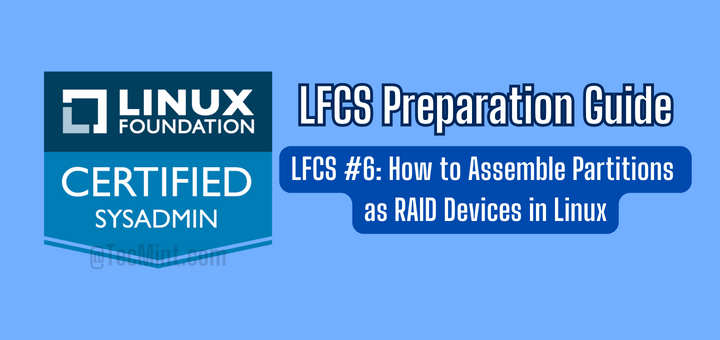
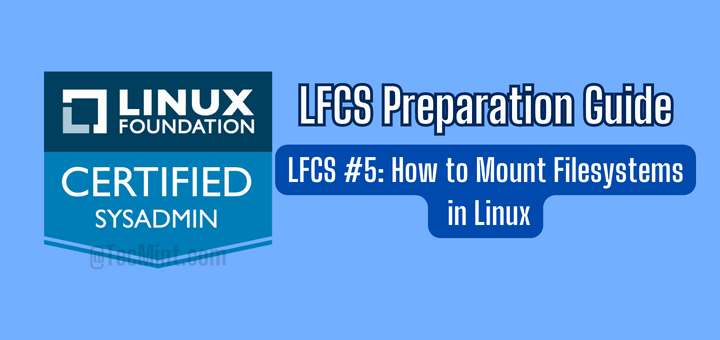
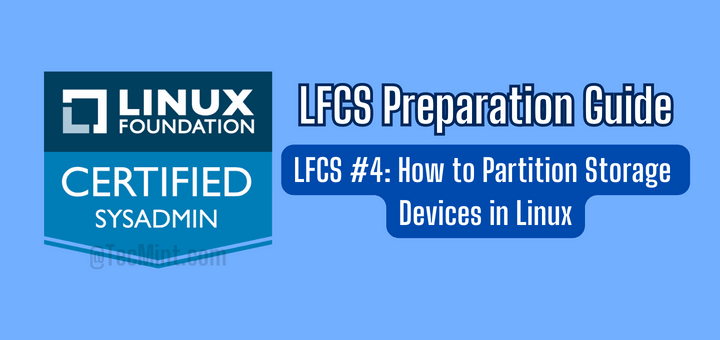
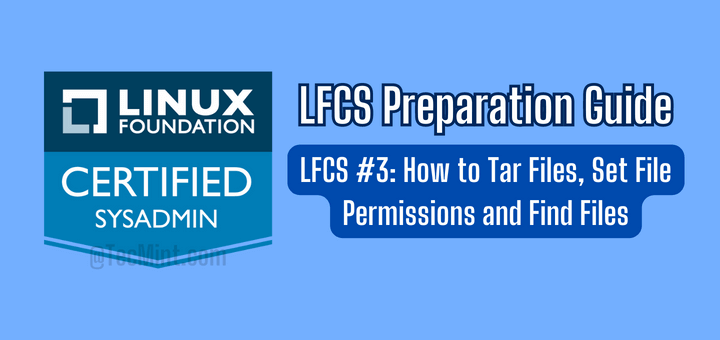
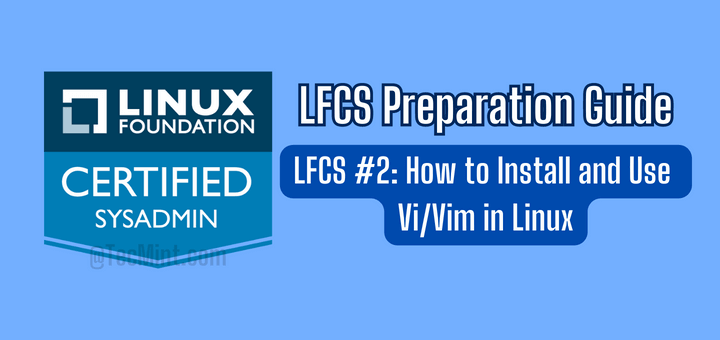
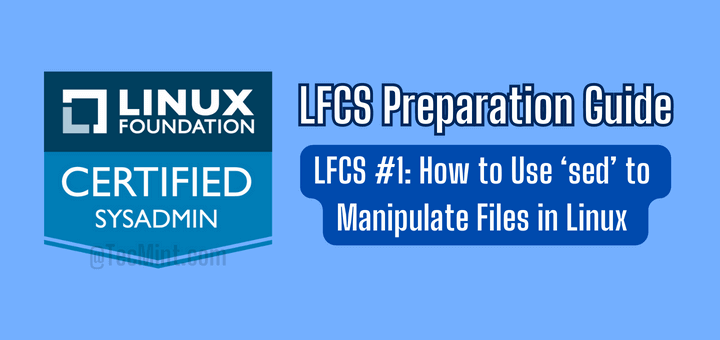
Great article. I removed many modules. My Linux system is now faster. thanks!
What happens if we try to load an already loaded module?
Eg –
then again,
Is there any downside to this? How does the command work internally?
This sounds like a great way to cause kernel panics when people start using this without knowing what they are doing (unloading network drivers for instance).
@Arlow
Yes, one must know what they are doing before trying this. All we are trying to show is how kernel modules can be loaded and unloaded.
Hi, great post.
Is it possible to get a description of the various modules? Are there man pages for them?
@Sham
Thanks, hope you liked it. To view info about a module, use the modinfo command like this:
modinfo speedstep-lib